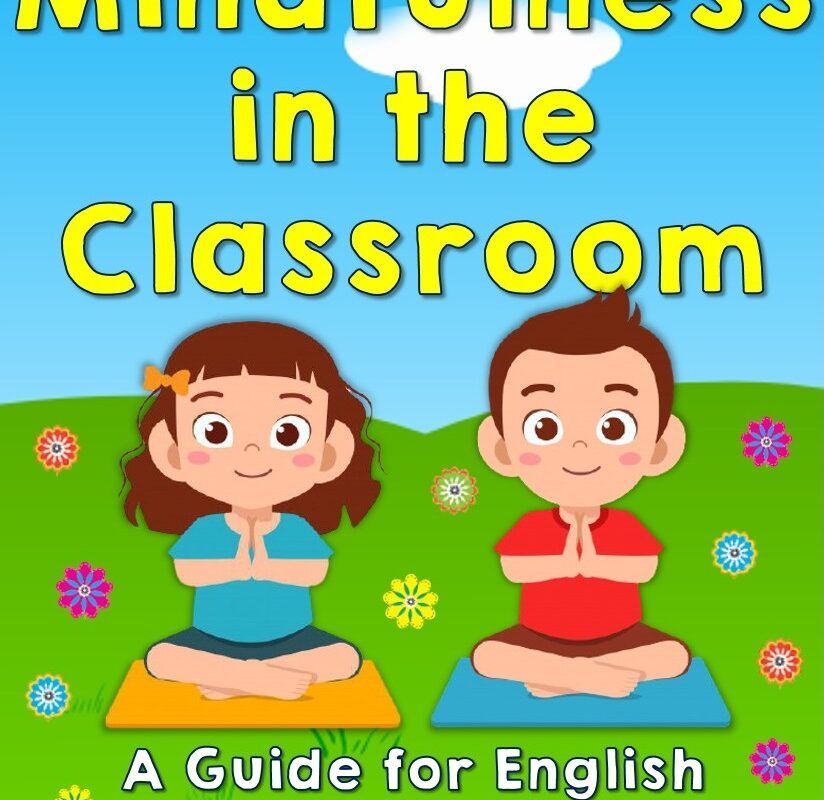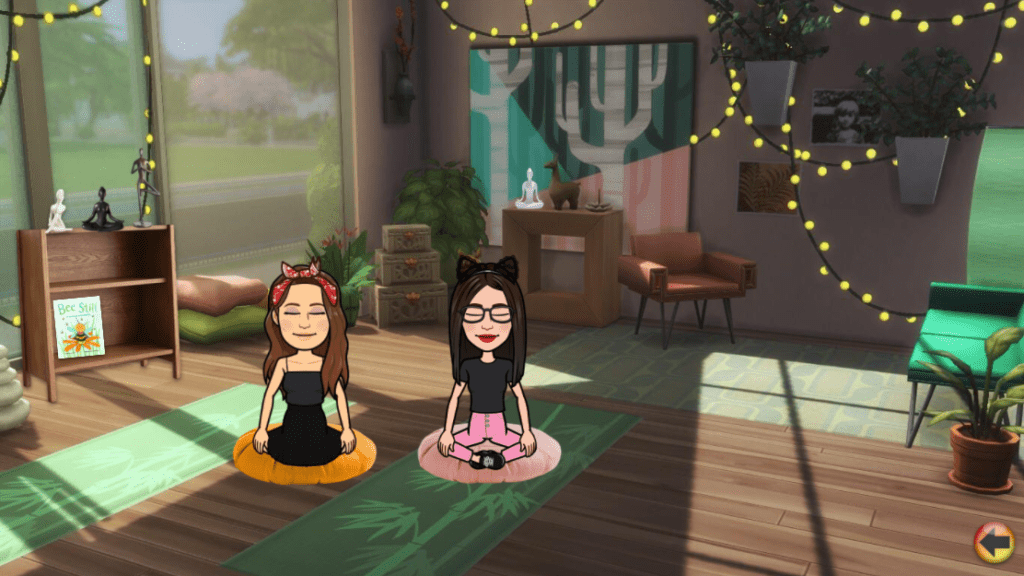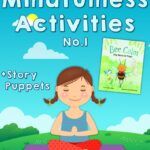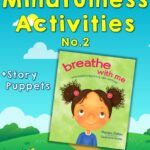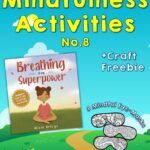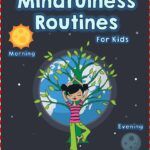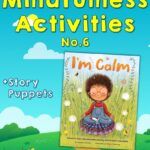After publishing my last post about Mindfulness Activities a couple of enthusiastic English teachers contacted me and said that they were curious about using mindfulness activities in the classroom, especially english classroom and wanted to learn more about it.
Their questions focused on “Why we use mindfulness in the classroom” “How to implement mindfulness activities in the English lessons” , “How to teach mindfulness in English which is as a second language to our students” and “How to use mindfulness activities with very young and young students.” “What are the benefits of mindfulness in the classroom”
In this post I will try to answer these questions ^_^
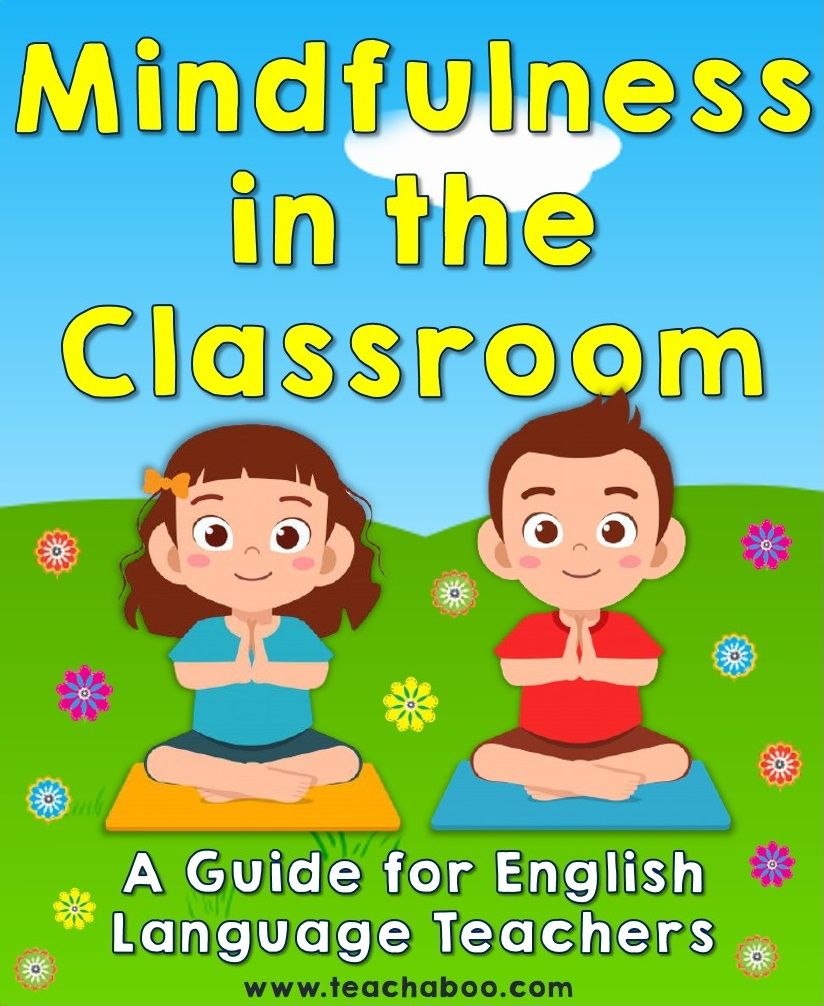
Starting from September 2020, I’m gonna be sharing monthly guides which may help you to take mindfulness practices into your English classrooms.
All of the activities, practices, stories and videos can be used with 3 to 13 year old students which means you can adapt them to your kindergarten, primary and middle school classrooms.
What is Mindfulness?
Mindfulness is all about embracing yourself, your life and everything you cannot change in the past or cannot predict…
Acceptance.
Meaning that we pay attention to our thoughts and feelings without judging them—without believing, for instance, that there’s a “right” or “wrong” way to think or feel in a given moment. When we practice mindfulness, our thoughts tune into what we’re sensing in the present moment rather than rehashing the past or imagining the future. Read more.

When I started to learn about mindfulness, my first reaction was:
“Why didn’t I learn this when I was a kid?”
Now we know that mindfulness practices help kids to improve their ability to pay attention, understand and regulate their emotions.
Mindfulness practices like focusing on your breathe, body scanning are all tools to bring your mind to the “moment”, taking you from “past” or “future” into “NOW”
Mindfulness in our School
I’m very lucky to work in a school (Istanbul KALEV Schools) which introduced us mindfulness nearly 4 years ago! We have been trained for long hours, read many books and articles and still do workshops during our sharing times. We have been trained by lovely Assoc. Prof. Dr. Zümra Atalay who is still one of our school educational consultants.
Separate from the English curriculum, our school has it’s own mindfulness program which is mainly conducted by the home room teachers. We also have a Mindfulness Coordinator who sends us monthly themes and very well prepared activity packs. So yes, our school knows what to do and doing it like a pro! 😉
As the foreign language department we are generally adapting the main Mindfulness program into our English lessons. That is an option; but what I like to do is creating my own program, of course! 😀
So, starting from September 2020, I will try to create and share my monthly mindfulness activities, ideas, stories, videos, practices and everything I do in my English lessons 🙂
Benefits of Mindfulness in the classroom
When you search web about mindfulness in the classroom, you will see that this is mainly done by the home room teachers but I want to show you that mindfulness is a perfect language tool for our English classes.
It is fun, educational and easy to adapt to any level.
Think of mindfulness as the main title which also includes “yoga, meditation, breathing techniques.” So, these titles are inseparable and at some point you will find yourself practicing and learning about them.
It is scientifically proven that mindfulness practices has positive effects on students:
- Classroom behaviors,
- Memory,
- Focus,
- Anger management control,
- Boosting self-esteem.
When can you use mindfulness practices in English lessons?
When kids get used to doing mindful practices with you (like mindful breathing, body scanning, doing yoga poses or focusing on something specific on their body or around them…) after all those story reading and mindfulness activities, you can take those practices into your daily schedule easily.
It means,
- when kids need a brain break during a busy day, stop your lesson for a little breathing activity
- when there is tension in the classroom, stop and have kids focus on their bodies
- when someone is upset, read a little passage from their favorite story and do some yoga poses
- when kids are hyper active, have them do some breathing and stretching moves with you…
If you create your own mindfulness moments in your English classroom, you are gonna be able to teach a good amount of English vocabulary and structures, too!
That’s why I loved mindfulness in my English lessons so much!
These moments are a little escape from our ordinary English lessons and I imagine to take my students to a little mindful break time with a story or breathing activity… We are learning to use our breathe, controlling our bodies, balancing and listening to ourselves… at the same time we are learning English! 😀
Isn’t it lovely? <3
Long story short, mindfulness is definitely one of my obsessions in 2020 (after bitmoji classroom of course 😀 ) and I’m happy to share all the activities with you!
By the way, I’ve also created a Mindfulness / Yoga Bitmoji Classroom for my students. You can click on the image to visit the classroom or click here to get a COPY to yourself.
You can follow Teachaboo on Facebook or get in touch with me @yaseminislah in every social media channel 😀 not to miss any update on my monthly mindfulness activity guides!
Before finishing I want to share two of my favorite resources about mindfulness in the English classroom and some books you may wanna check out:
Guided Meditation in the English Language Classroom by Amy Jenkins (pdf)
The Mindful English Classroom blog – website
Thank you for being here…
